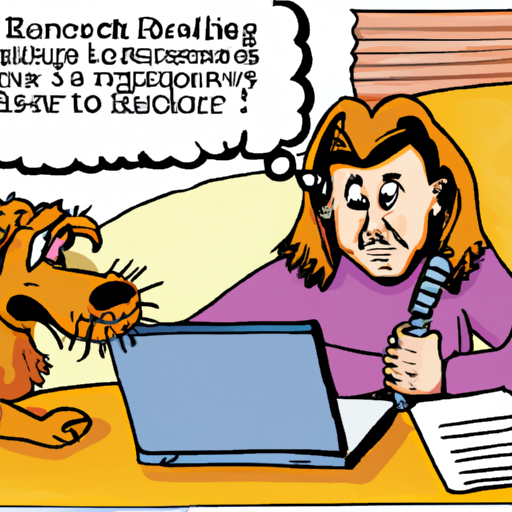Introduction
You’re probably here because your beloved pooch has been acting a bit different lately. Perhaps they’ve been scratching more often than usual or you’ve noticed some hairless, circular patches on their skin. Don’t worry, you’re not alone. These are common symptoms of a condition called ringworm, which despite its name, isn’t caused by a worm but rather a type of fungus.
How Does Your Dog Contract Ringworm?
Ringworm, or Dermatophytosis, is a contagious fungal infection that can be contracted from various sources. It’s not picky, it affects both dogs and people, regardless of age or breed.
-
Infected Animals: The most common way your dog can contract ringworm is from other infected animals. The fungus is capable of surviving for a significant amount of time on the skin and hair follicles of an infected animal. If your dog socializes with an infected animal, they’re at risk.
-
Infected Environment: An environment contaminated by an infected animal can be a source of ringworm. It can survive in soil, on grooming tools, bedding, furniture, and even your clothes.
-
Humans: Yes, it’s possible for humans to pass ringworm to dogs. If you or a family member is infected, be sure to practice good hygiene to avoid spreading the infection.
The Telltale Signs of Ringworm
Ringworm manifests itself in various ways on your dog’s skin. Here are some signs to look out for:
- Circular areas of hair loss
- Red, scaly, or inflamed skin
- Broken hairs and poor coat condition
- Darkened or reddened skin
Treatment and Prevention
Now, let’s get to the good news. Ringworm in dogs is treatable. Your vet will likely prescribe a topical ointment or shampoo, and in severe cases, oral medication.
| Treatment Type | Description |
|---|---|
| Topical Ointment | Applied directly to the affected areas of skin |
| Shampoo | Helps eliminate spores from the coat |
| Oral Medications | Used for severe cases |
Preventing ringworm is all about hygiene. Regularly clean and disinfect your dog’s environment and grooming tools. Restrict contact with other animals if you suspect an infection and always wash your hands after handling pets.
Frequently Asked Questions (FAQs)
Q: Is ringworm dangerous to my dog’s health?
A: While ringworm can be uncomfortable due to itchiness and hair loss, it’s typically not a serious condition and can be treated effectively.
Q: Can I catch ringworm from my dog?
A: Yes, ringworm is zoonotic, meaning it can be transmitted from animals to humans and vice versa.
Q: How long does it take to treat ringworm?
A: It depends on the severity of the infection, but usually, treatment lasts a minimum of six weeks.
Remember, you are your dog’s first line of defense against health issues. By being proactive and observant, you can ensure your furry friend stays healthy and happy.



